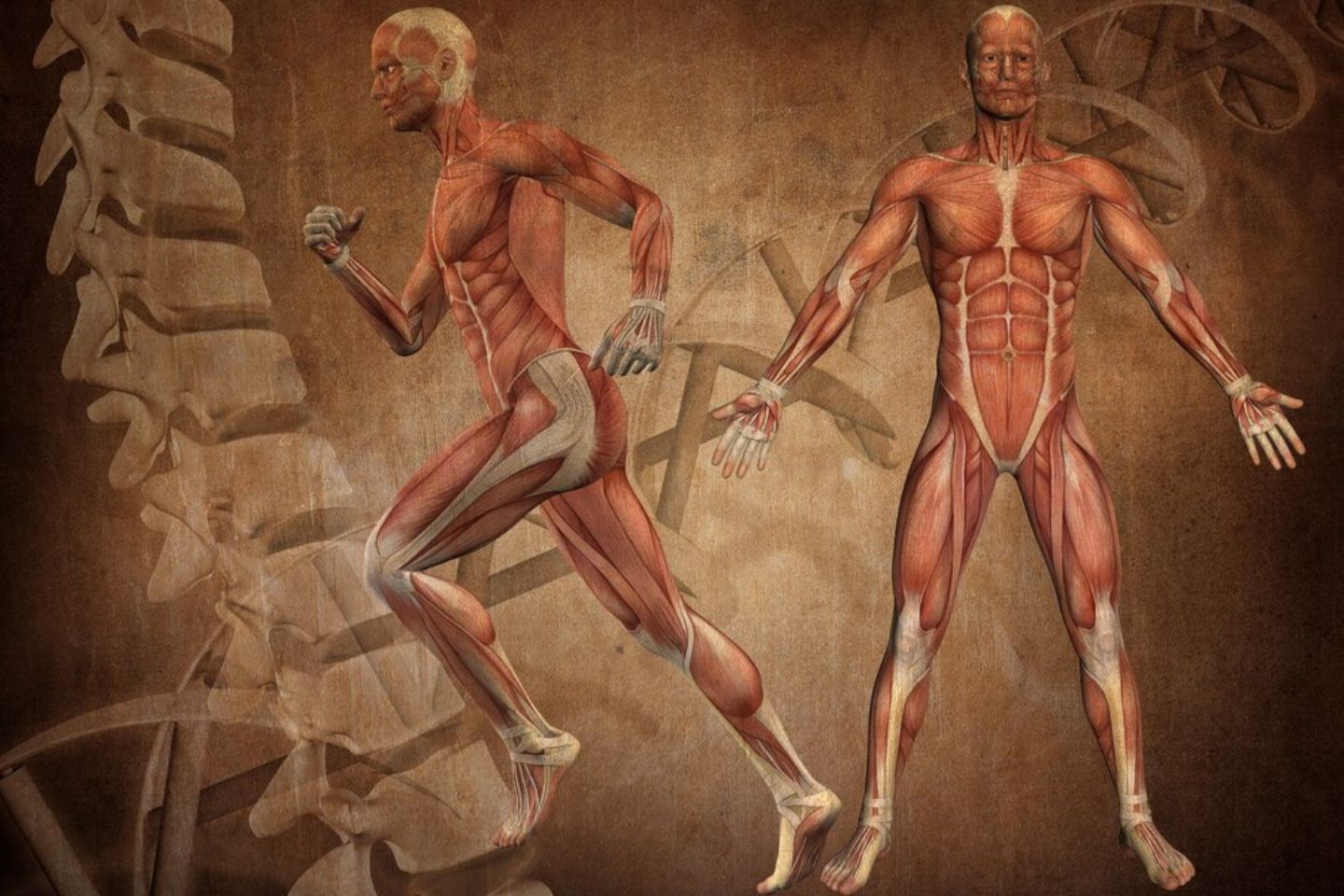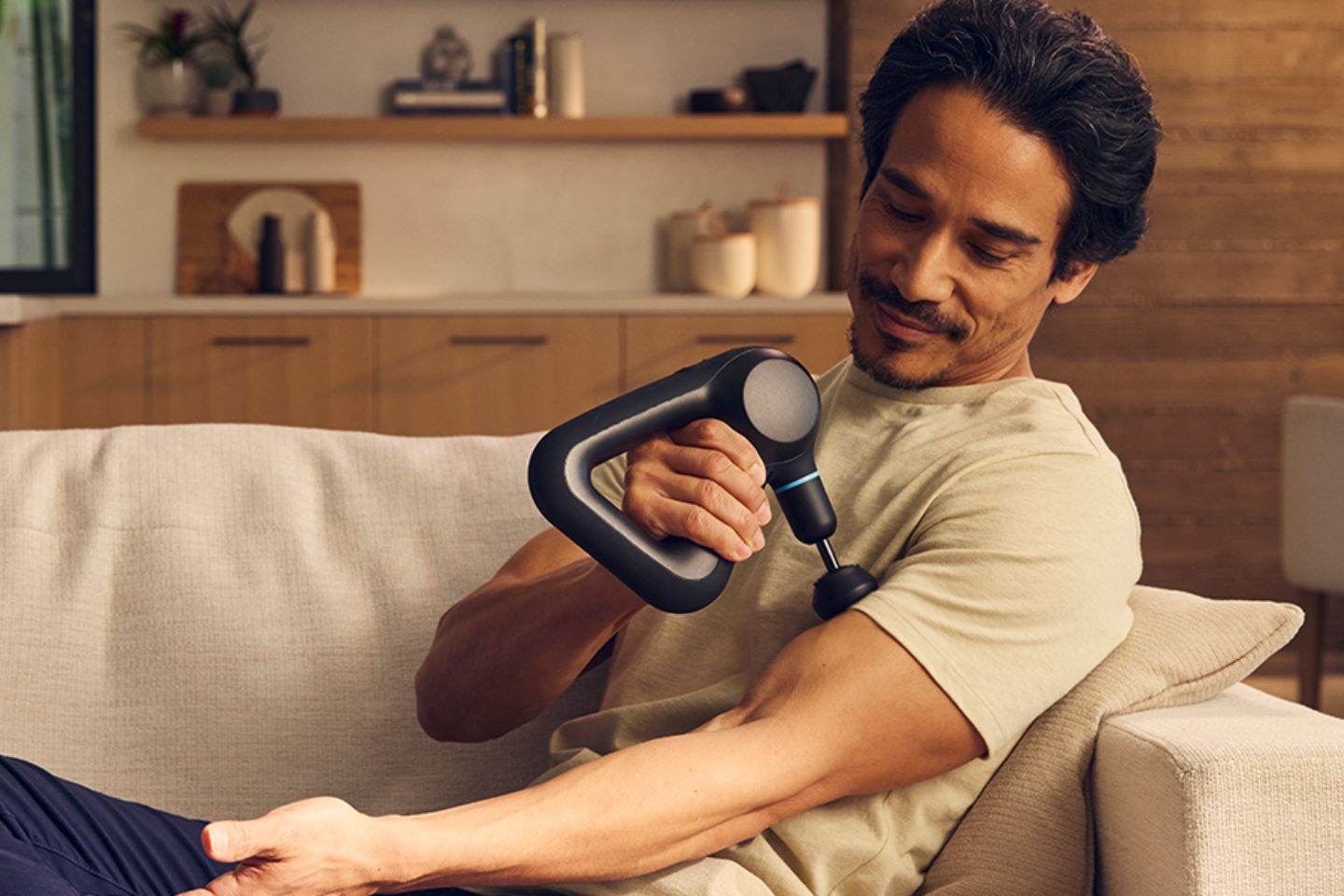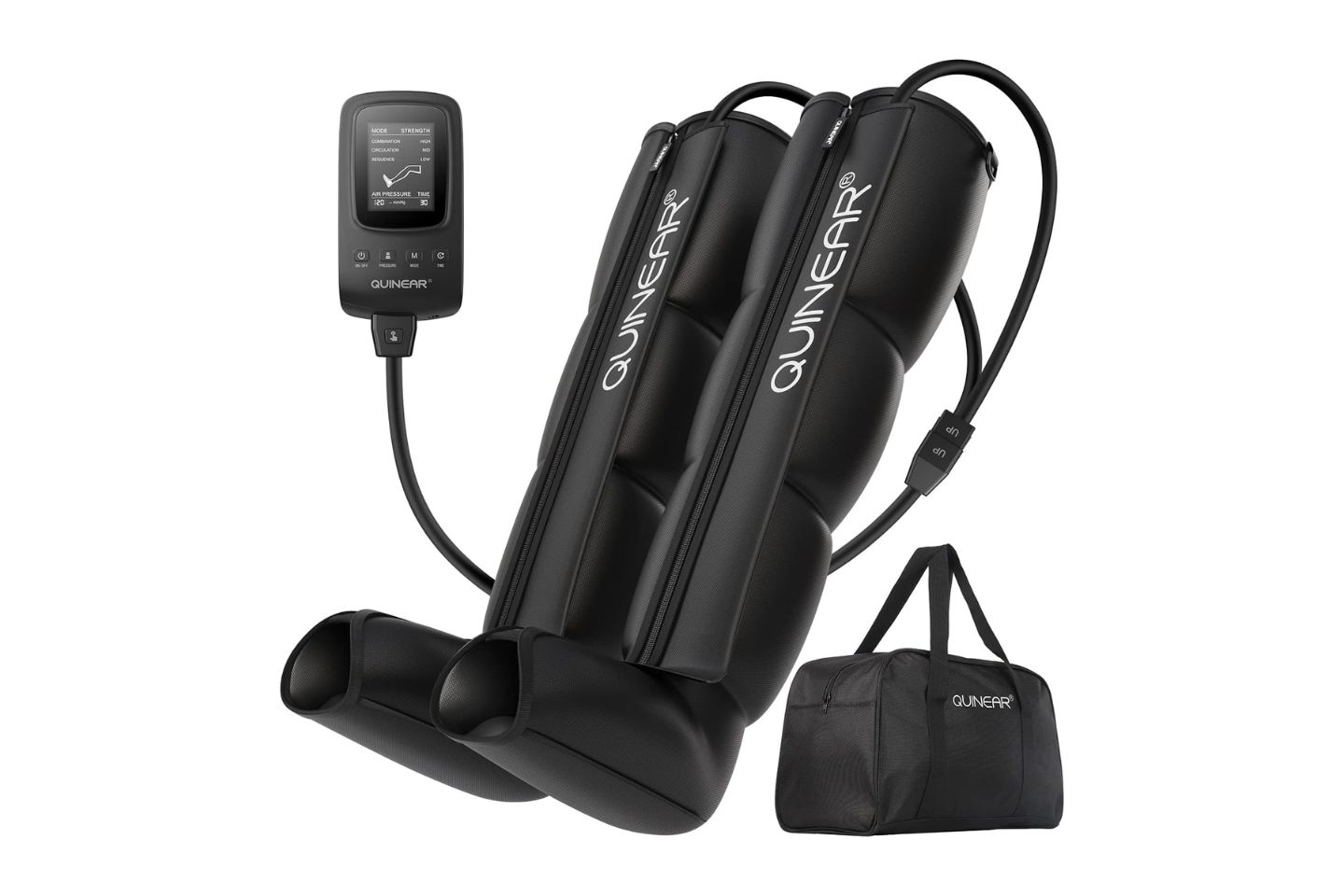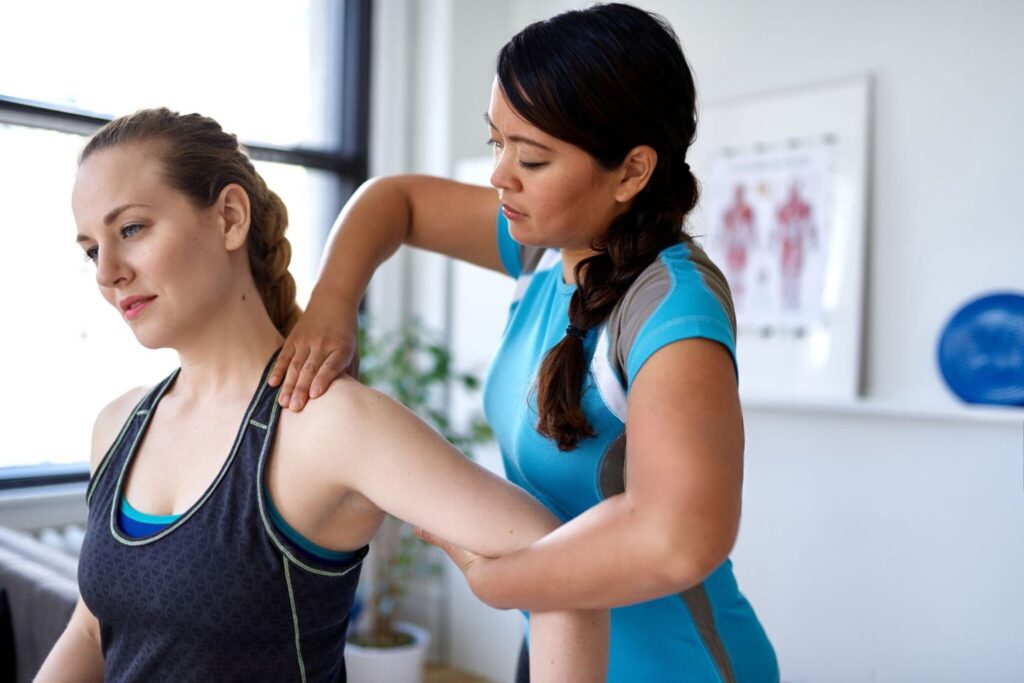As an active individual, you know how vital muscle recovery is to your fitness routine. The right recovery tools can make a significant difference, aiding in reducing pain, improving circulation, and accelerating the healing process. These tools range from simple manual options like foam rollers to advanced technological solutions like electric muscle stimulators. Incorporating them into your post-workout regimen enhances muscle recovery and helps prevent future injuries.
It is crucial to understand the various types of muscle recovery tools available and their benefits. For instance, massage guns stimulate deep tissue, promoting blood flow to targeted muscle groups. On the other hand, the Theragun Prime is a popular choice among fitness enthusiasts looking for percussive therapy. Similarly, if you’re interested in addressing tightness in your foot muscles, the Power Plate DualSphere could provide the relief you need. With many options at hand, selecting the ones that best suit your needs is essential for an effective recovery strategy.
Physiology of Muscle Recovery


In muscle recovery, understanding the biological processes is crucial. Your body must repair and build muscle fibers, utilize nutrients efficiently, and rest for optimal healing.
Muscle Repair and Growth
After exercise, your body initiates a repair process where specialized cells called satellite cells multiply and fuse with damaged muscle fibers. This leads to the formation of new protein strands which contribute to muscle hypertrophy, the increase in muscle size. The process involves a delicate balance of breakdown and rebuilding, heavily influenced by key hormones like insulin-like growth factor (IGF-1).
Role of Nutrition in Recovery
Proper nutrition is essential for effective muscle recovery. Consuming proteins and amino acids act as the building blocks for muscle repair. For instance, a study illustrates the role of protein synthesis in the recovery and remodeling of skeletal muscle after resistance training. Meanwhile, carbohydrates are important to replenish glycogen stores, and fats provide essential fatty acids that can aid in the reduction of inflammation.
Importance of Sleep in Muscle Healing
Sleep is an anabolic state, meaning it supports muscle growth. During sleep, human growth hormone (HGH) is released which is vital for tissue growth and repair. Sleep also helps manage stress hormone levels, such as cortisol, which can break down muscle tissue. Your body’s internal repair work occurs most efficiently during deep sleep stages, highlighting the need for quality rest.
Manual Muscle Recovery Tools
In the realm of self-care and injury prevention, manual muscle recovery tools are essential for easing muscle tension and enhancing flexibility. These implements allow for targeted therapy and can be used conveniently at home or on the go.
Foam Rollers
Foam rollers are cylindrical tools designed for self-myofascial release, a technique to alleviate muscle tightness. When you roll into it, breaks up the tension around the muscles, increases blood flow, and decreases soreness. The TriggerPoint Grid 13″ Foam Roller is recognized for its durability and varied surface patterns, which mimic the pressure of a massage therapist’s hands. It’s suitable for rolling out muscles such as your quads, hamstrings, and back.
| Pros: | Cons: |
Increased blood flow Improved flexibility Cost-effective Convenience Self-administered | Discomfort during use Requires proper technique Limited scientific evidence Temporary relief of muscle soreness Not suitable for all injuries/conditions |
Massage Sticks
Massage sticks, also known as muscle rollers, let you apply consistent pressure across sore muscles without putting too much strain on your hands. An example is The Stick, a flexible rod with rotating spindles that pinpoint and maneuver around areas like calves or IT bands. Its portability makes it a favorite among runners and athletes for on-site muscle relief.
- Flexible and pliable to curve with the body
- Portable
- Disperses lactic acid after a workout to decrease muscle soreness
| Pros: | Cons: |
Targeted muscle relief Portable and easy to use Cost-effective Adjustable pressure Can be used for self-massage | Limited versatility May require assistance for hard-to-reach areas Less effective for larger muscle groups Potential discomfort during use May not provide deep-tissue relief |
Handheld Massagers
Handheld massagers allow for a more focused approach to muscle recovery. These devices often provide a deep tissue massage through vibration or percussive movements. Options like Theragun Prime showcase adjustability in speed settings and attachments to cater to various muscle groups and recovery needs, offering a deep massage with minimal effort.
- Simplified Smart Percussive Massage Therapy: Prioritizes the essential massage gun features you need while maintaining the power and effectiveness of Theragun's deep tissue muscle treatment. Ease discomfort, soothe tightness and experience faster post workout recovery.
- 4 High-Quality Foam Attachments: The Thumb for trigger points and lower back pain relief, and Cone as a foot and hand massager, and for pinpointing muscle treatment. Standard Ball and Dampener are perfect for overall use on large and small muscle groups.
- Ergonomic Design with Patented Triangle Handle: Handheld massager with flexible positioning for reduced stress on the wrist, hands, and arms—an easy-to-use body massager for releasing tension while increasing range of motion in the leg, neck, calf, knee, hand and body.
| Pros: | Cons: |
Provides targeted muscle relief Portable and easy to use Versatile attachments for different muscle groups Adjustable intensity levels Can be used for self-massage | Higher cost compared to some alternatives May be loud during the operation Requires charging or battery replacement Potential discomfort during use May not be suitable for certain injuries/conditions |
Mechanical and Electronic Tools


In muscle recovery, mechanical and electronic tools are designed to target soreness and promote faster recovery. These specialized devices are essential for athletes and those with active lifestyles looking to optimize the recovery process.
Percussive Therapy Devices
Percussive therapy devices, such as massage guns, utilize rapid, repetitive strokes to stimulate blood flow and alleviate muscle tightness. Key benefits of these devices include:
- Reducing muscle soreness and stiffness
- Enhancing range of motion
- Improving circulation
Popular Options:
- Theragun Prime: Known for its deep muscle treatment.
- Hypervolt: Praised for its quiet technology and effectiveness.
| Pros: | Cons: |
Provides deep tissue muscle relief Portable and easy to use Versatile attachments for different muscle groups Adjustable intensity levels Can be used for self-massage | Higher cost compared to some alternatives May be loud during operation Requires charging or battery replacement Potential discomfort during use May not be suitable for certain injuries/conditions |
Electrical Muscle Stimulation (EMS)


Electrical Muscle Stimulation (EMS) devices send electrical impulses to muscles to promote muscle contraction, similar to voluntary movements. EMS devices can be beneficial for:
- Strengthening muscles
- Preventing muscle atrophy
- Increasing blood circulation
Types of EMS Devices:
- Compex: Offers various programs for recovery and conditioning.
- PowerDot: A smart device that pairs with an app for customized therapy.
| Pros: | Cons: |
Passive muscle activation Can be used for targeted muscle groups Can be used for rehabilitation and muscle strengthening May improve blood circulation Convenient for use during rest or activity | Higher initial cost compared to some methods May not provide the same sensation as traditional massage Requires batteries or power source Potential discomfort or skin irritation Effectiveness varies depending on individual response |
Thermal Therapy for Recovery
When exploring muscle recovery strategies, the application of varying temperatures plays a critical role. Thermal therapy encompasses both heat and cold treatments, each with distinct benefits tailored to your recovery needs.
Heat Therapy
Heat therapy promotes muscle relaxation and increases blood flow. The use of a heating pad, sauna, or even a hot bath can facilitate the delivery of essential nutrients to your muscles, aiding in repair and refueling. Incorporating heat therapy after exercise may significantly accelerate your recovery process by enhancing tissue perfusion.
- Benefits of Heat Therapy:
- Relaxes tense muscles
- Increases blood circulation
- Facilitates the delivery of nutrients and oxygen to muscle tissues
Cold Therapy
Conversely, cold therapy, also known as cryotherapy, is pivotal in reducing inflammation and numbing sore tissues. Techniques like ice packs, cold water immersion, and cryotherapy chambers can offer immediate relief post-workout. Adopting cooling strategies as part of your recovery regimen can help diminish pain and swelling, promoting faster recovery from intense physical activity.
- Advantages of Cold Therapy:
- Reduces inflammation and edema
- Decreases muscle soreness
- Limits blood flow to reduce swelling
Compression Therapy
Compression therapy is integral to muscle recovery, offering both immediate and long-term benefits to your post-exercise routine. It involves applying controlled pressure to increase blood flow, reduce muscle soreness, and accelerate recovery time.
Compression Garments
Compression garments, such as sleeves, socks, and tights, apply steady pressure to your muscles. By wearing these, you can experience improved venous return and reduced muscle oscillation during workouts. Garments are categorized by their compression level, typically measured in millimeters of mercury (mmHg), and should be selected based on the specific activity and recovery needs.
Dynamic Compression Devices
Dynamic compression devices take recovery a step further by using an active compression system. Devices like the Hyperice NormaTec 2.0 Recovery Boots provide a massage-like experience that cycles through different parts of the garment, mimicking the natural muscle pump of the body. This advanced method helps in flushing out lactic acid and introducing fresh blood to the affected areas, which can expedite the healing process after strenuous activities.


How Do These Tools Aid Muscle Recovery
Recovery tools are designed to facilitate and enhance your muscle recovery process after exercise. Here’s how some commonly used tools help:
- Massage Guns: These tools deliver concentrated, rapid pulses to muscle tissue, which can enhance blood flow and reduce muscle tension. By increasing circulation, they help to deliver oxygen and nutrients to the muscles, which is crucial for repair and recovery.
- Foam Rollers: Utilizing your body weight, foam rolling applies pressure to specific muscles which can relieve soreness and improve flexibility. It’s a form of myofascial release, which may help in breaking up scar tissue and adhesions between skin, muscles, and bones.
- Compression Socks: Graduated compression provided by these socks supports venous return, meaning it helps your blood flow back to the heart, reducing the risk of inflammation and speeding up recovery time.
- Epsom Salts: When used in a bath, Epsom salts can provide magnesium, a mineral that can be absorbed through the skin and assists in muscle relaxation and reducing inflammation.
- Leg Recovery Systems: Devices like the QUINEAR Air Compression Recovery System offer dynamic compression, enveloping your legs, and mimicking muscle pumping, which can reduce swelling and lactic acid.
Clinical studies indicate that utilizing these tools can lead to reduced muscle fatigue and soreness, thus enhancing the overall recovery experience. However, their effectiveness can vary based on individual conditions and usage. Remember always to follow the manufacturer’s guidelines for proper use.
Frequently Asked Questions
In this section, you’ll find direct answers to common questions about enhancing muscle recovery. Professional athletes and fitness enthusiasts alike often utilize a range of tools and supplements to optimize their post-workout recovery process.
What are the top recovery tools used by professional athletes?
Professional athletes frequently use massage guns like the Theragun Prime for targeted muscle relief and compression boots, such as Hyperice NormaTec 2.0 Recovery Boots, to reduce muscle soreness and improve circulation.
How do different recovery tools benefit post-workout muscle recuperation?
Tools like high-density foam rollers provide deep tissue massage that can help break down knots and improve blood flow while vibrating foam rollers offer a combination of pressure and vibration to enhance the recovery process.
What are the best types of supplements for enhancing muscle recovery?
Supplements such as whey protein, BCAAs (branched-chain amino acids), and omega-3 fatty acids are known to support muscle repair and reduce inflammation, contributing to faster muscle recovery.
Which recovery tools are recommended for runners and swimmers?
Runners often benefit from using foot rollers and calf compression sleeves to target areas most affected by their sport, while swimmers may use myofascial release tools to maintain flexibility and prevent shoulder injuries.
How can athletes increase muscle recovery speed using recovery tools?
Athletes can increase recovery speed by using electric muscle stimulators to actively promote muscle contraction and blood flow, alongside consistent use of recovery tools like foam rollers and massage guns that help relieve muscle tension.
Are there specific recovery products that are favored in the CrossFit community?
The CrossFit community often prefers durable recovery products that can withstand heavy use, like robust foam rollers for myofascial release and leg recovery systems that offer both compression and massage to prepare for the next high-intensity workout.
The Personal Injury Center Guides Your Case
Connect with The Personal Injury Center for expert assistance in understanding and navigating your personal injury case. Our experienced team ensures clarity and advocacy to help you secure the compensation you deserve. Reach out today to start your journey towards justice and financial recovery.
Disclaimer: Last update on 2024-07-27 / Affiliate links / Images from Amazon Product Advertising API.
This content is provided solely for educational reasons and should not be seen as medical guidance. It’s important to consult with a healthcare expert prior to making any changes to your health regimen, including dietary adjustments or the use of supplements.
Pages on this website may contain affiliate links. As an Amazon Associate, we receive a commission from qualifying purchases. This commission is at no extra cost to you.



